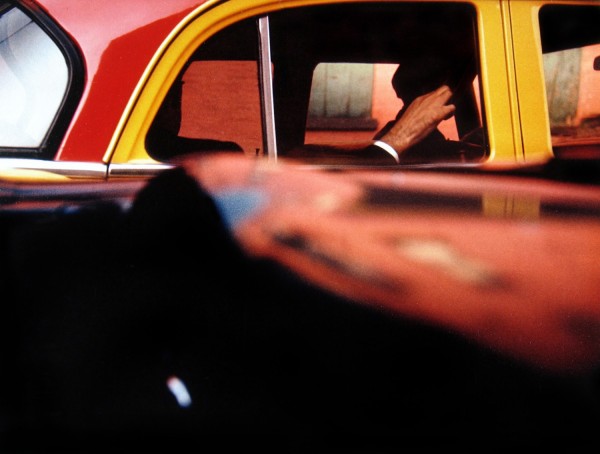New York palette

Teju Cole pays tribute to Saul Leiter.
Undoubtedly, the charm of some of Leiter’s pictures lies in the fact that they depict fifties places, fifties cars, and fifties people (we rarely dress so well today), and that the analog reds and greens are more moving, somehow, than what our own digital cameras or streetscapes can offer up. But pictures such as “Through Boards” (1957), “Canopy” (1958), and “Walking With Soames” (1958) would be winners in any era. They are high points of lyric photography which, once seen, become — like all the best pictures and poems and paintings — a permanent part of our lives.
[..]
The content of Saul Leiter’s photographs arrives on a sort of delay: it takes a moment after the first glance to know what the picture is about. You don’t so much see the image as let it dissolve into your consciousness, like a tablet in a glass of water. One of the difficulties of photography is that it is much better at being explicit than at being reticent. Precisely how the hypnotic and dreamlike feeling is achieved in Leiter’s work is a mystery, even to their creator. As he said in “In No Great Hurry,” laughing, “If I’d only known which ones would be very good and liked, I wouldn’t have had to do all the thousands of others.”
See also, ‘Saul Leiter and the Typographic Fragment’, a 2011 essay by Rick Poynor.

